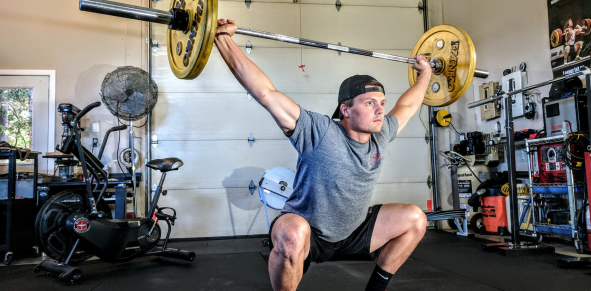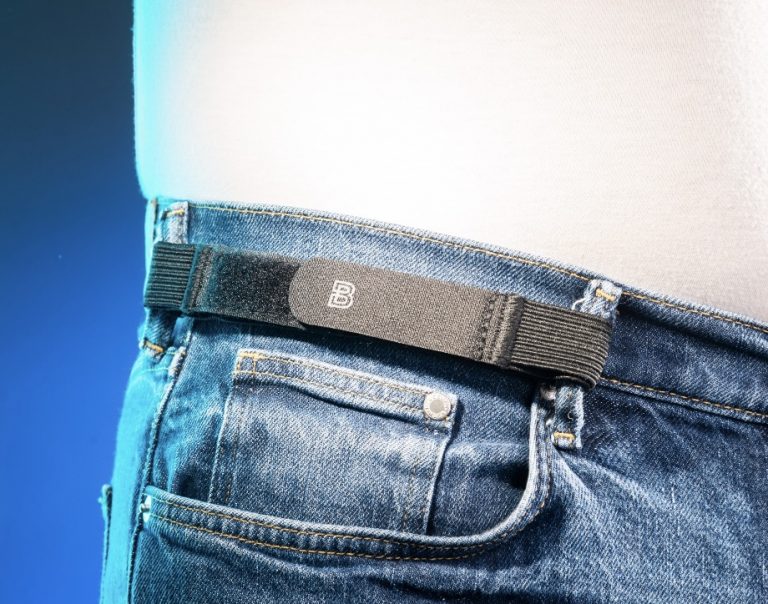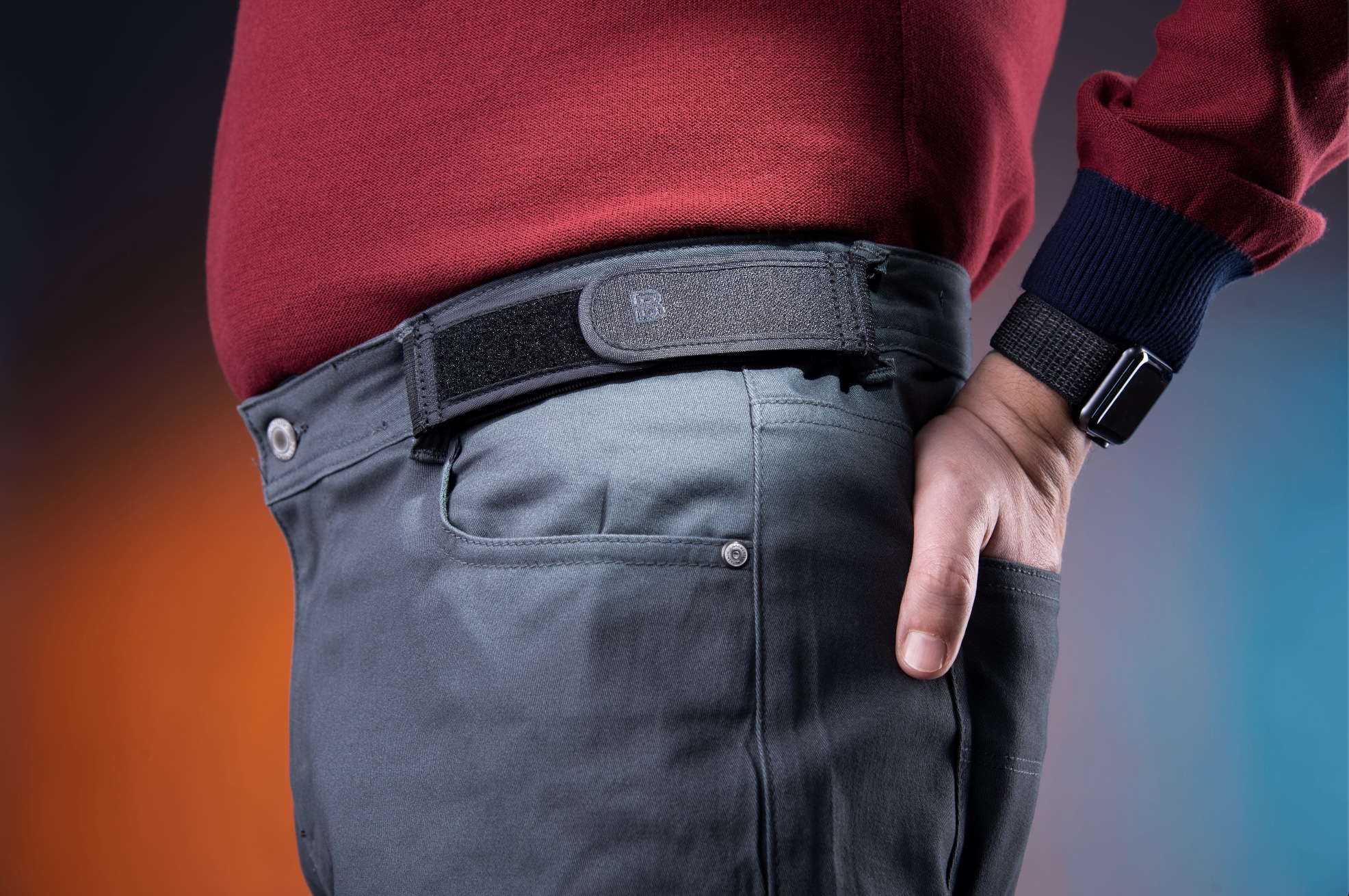Beltless Squat Training for Athletes: Why It’s Important?
Beltless squat training for athletes offers protection for the body in a different way than wearing a weight belt while squatting. While many heavy lifters wear weight belts designed to support the spine, beltless squat training requires more use of the body’s natural spine stabilizing muscles. Squat training without wearing a belt also protects the body from increased abdominal pressure. However, some athletes require belt alternatives to prevent wardrobe malfunctions while safeguarding their health.
Why Going Beltless During Squat Training is Good for Athletes
Beltless squat training requires athletes to focus on proper squat body mechanics.
The idea behind wearing a weight belt during squat training is to increase intra-abdominal tension, which helps to stabilize the spine. However, athletes begin to depend on the belt and neglect the body’s natural ability to create spinal support. Beltless squat training requires athletes to focus on proper squat body mechanics.
Athletes are responsible for contracting their abdominal muscles to support and stabilize the spine naturally. Beltless squat training for athletes also requires them to train at lower weight intensities. As a result, the body usually increases muscle power and endurance and athletes gradually, and safely increase weight volumes to heavier loads. This natural progression in weight load protects the body from injuries to the joints and the muscles.
The Negative Health Impact of Wearing Belt During Squat Training
Wearing a belt during squat training causes the abdominal and spinal muscles to contract in different patterns.
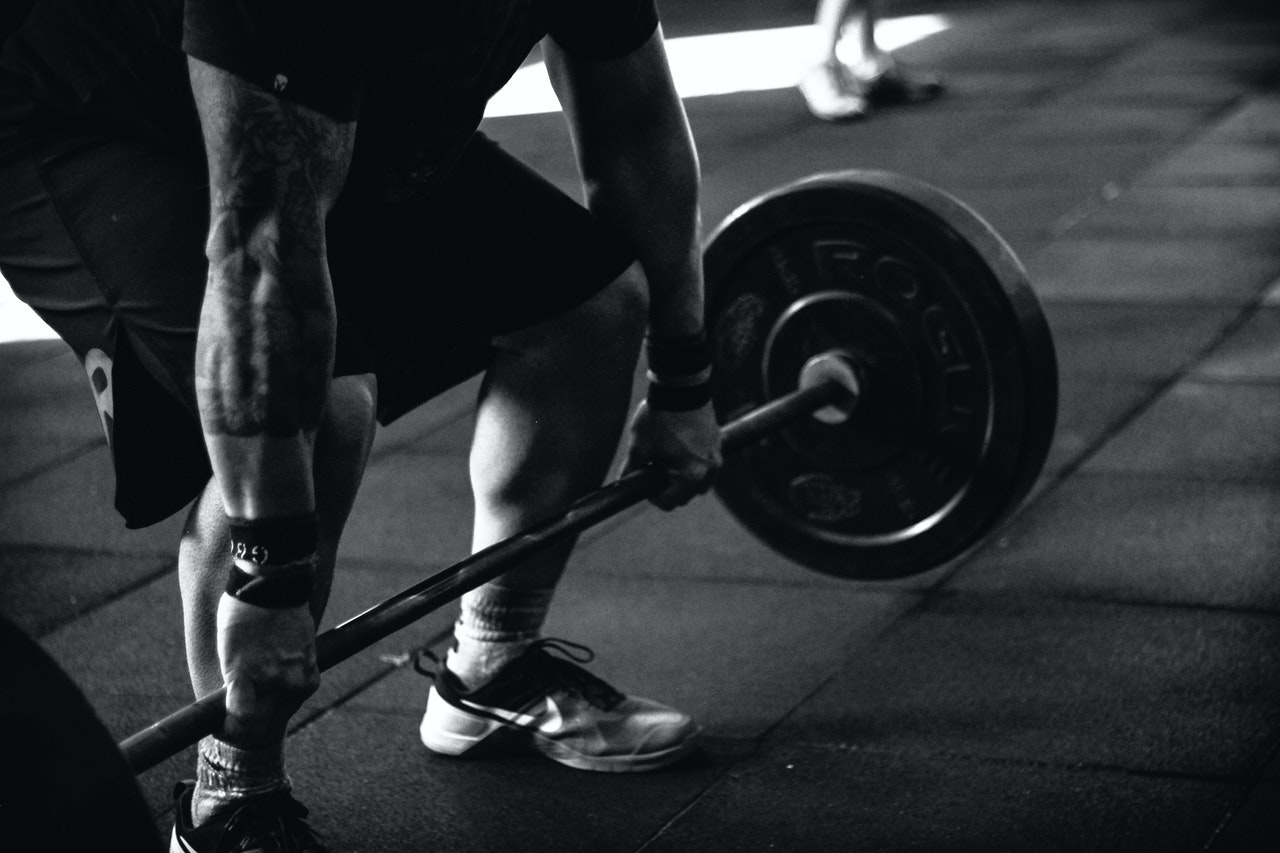
Wearing a weight belt during squat training places increased pressure on the abdominal cavity. Wearing a typical belt to keep pants in place also increases pressure on the abdominal cavity. This increased abdominal pressure can lead to disturbances in the digestive system and bowel discomfort.
Besides, wearing a belt during squat training causes the abdominal and spinal muscles to contract in different patterns. Instead of working together to support the body as it lowers into and raises from a squatting position, the belt decreases spinal flexibility, which may also create a decrease in spinal muscle contractions.
Also, the muscles that tilt the hips and pelvis are compromised by the wearing of a belt. These compromised positions may place more of the weight load onto the knees, which can lead to knee injuries and discomfort.
The Best Alternatives to Belt
BeltBro allows athletes to wear comfortable pants but also helps to keep clothing in place so athletes can focus on squat training, not wardrobe malfunctions.
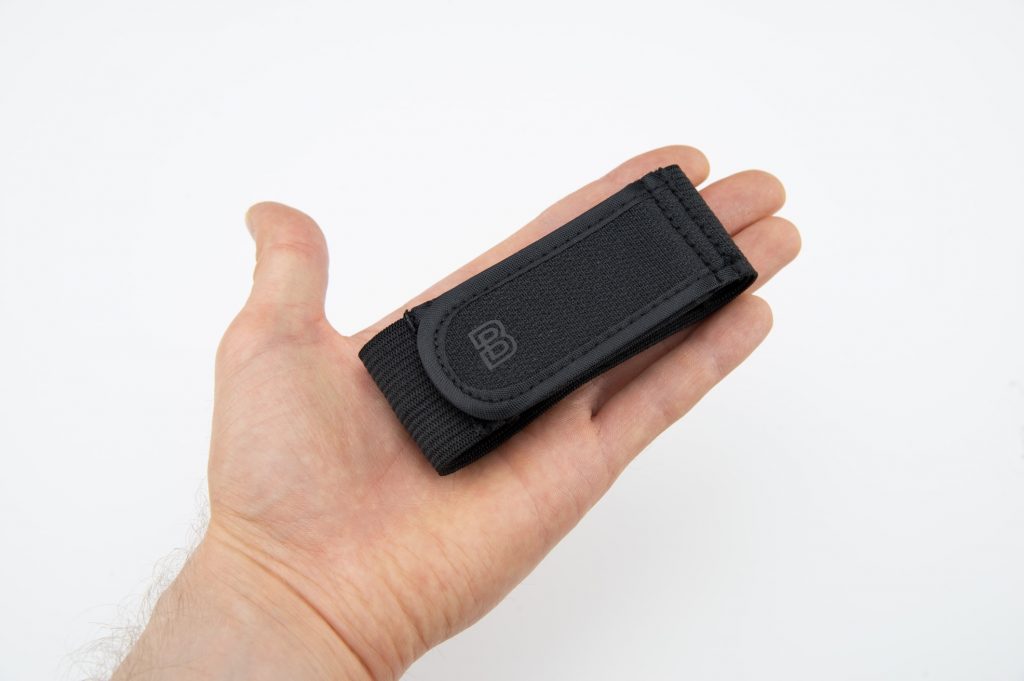
Beltless squat training for athletes requires belt alternatives to keep up shorts and pants while allowing the body the ability to perform the exercise safely. Going completely, beltless is one solution
Beltless squat training keeps the body in natural alignment and does not increase pressure on the abdominal cavity. However, athletes should also not wear pants or shorts with restrictive waistbands as the tight waistbands may cause the same concerns as a belt. A belt alternative such as BeltBro allows athletes to wear comfortable pants but also helps to keep clothing in place so athletes can focus on squat training, not wardrobe malfunctions.
BeltBro connects through two loops on shorts or pants and secures easily with a hook and loop tab. Athletes wear one on the side of the pants so it will not interfere with training, nor will BeltBro increase any pressure on the abdominal cavity.
Squat training is a useful exercise to increase muscle strength and power. Proper training protects athletes from harm, such as injuries resulting from poor posture. Wearing a belt while training may increase the risk of injuries, so learning how to train without a belt is key. If beltless training is not an option, seeking belt alternatives to remain focused and strong throughout the workout is essential.
Reference:
https://www.ncbi.nlm.nih.gov/pmc/articles/PMC3976020/

